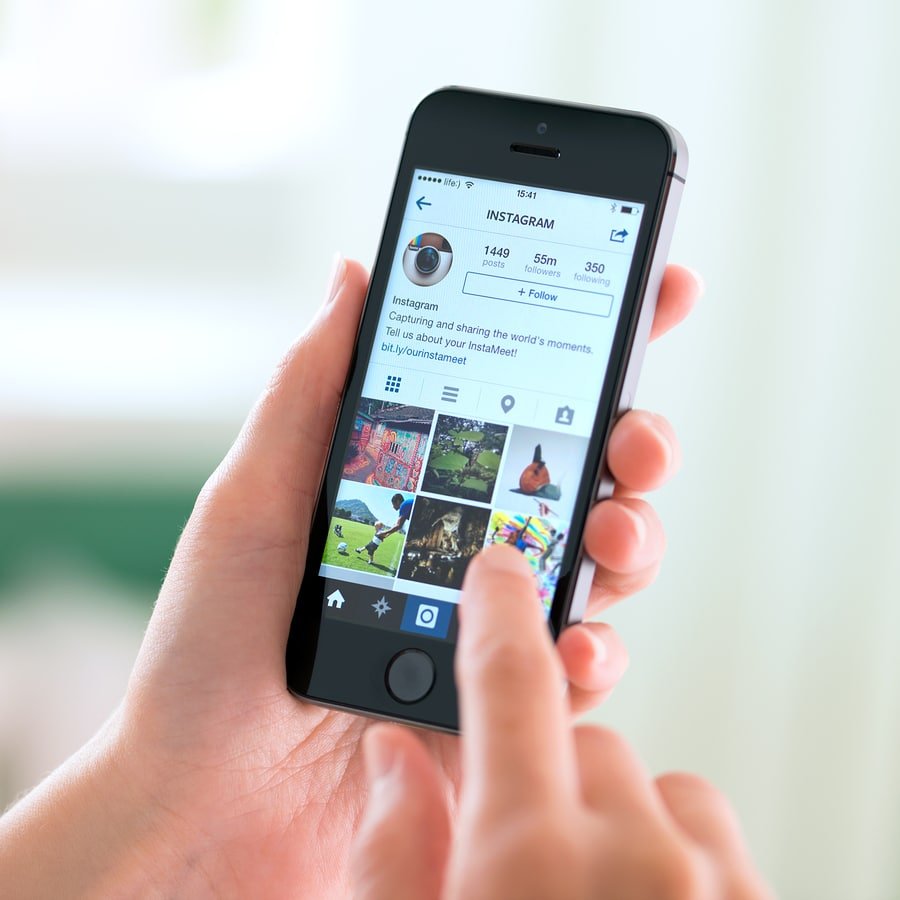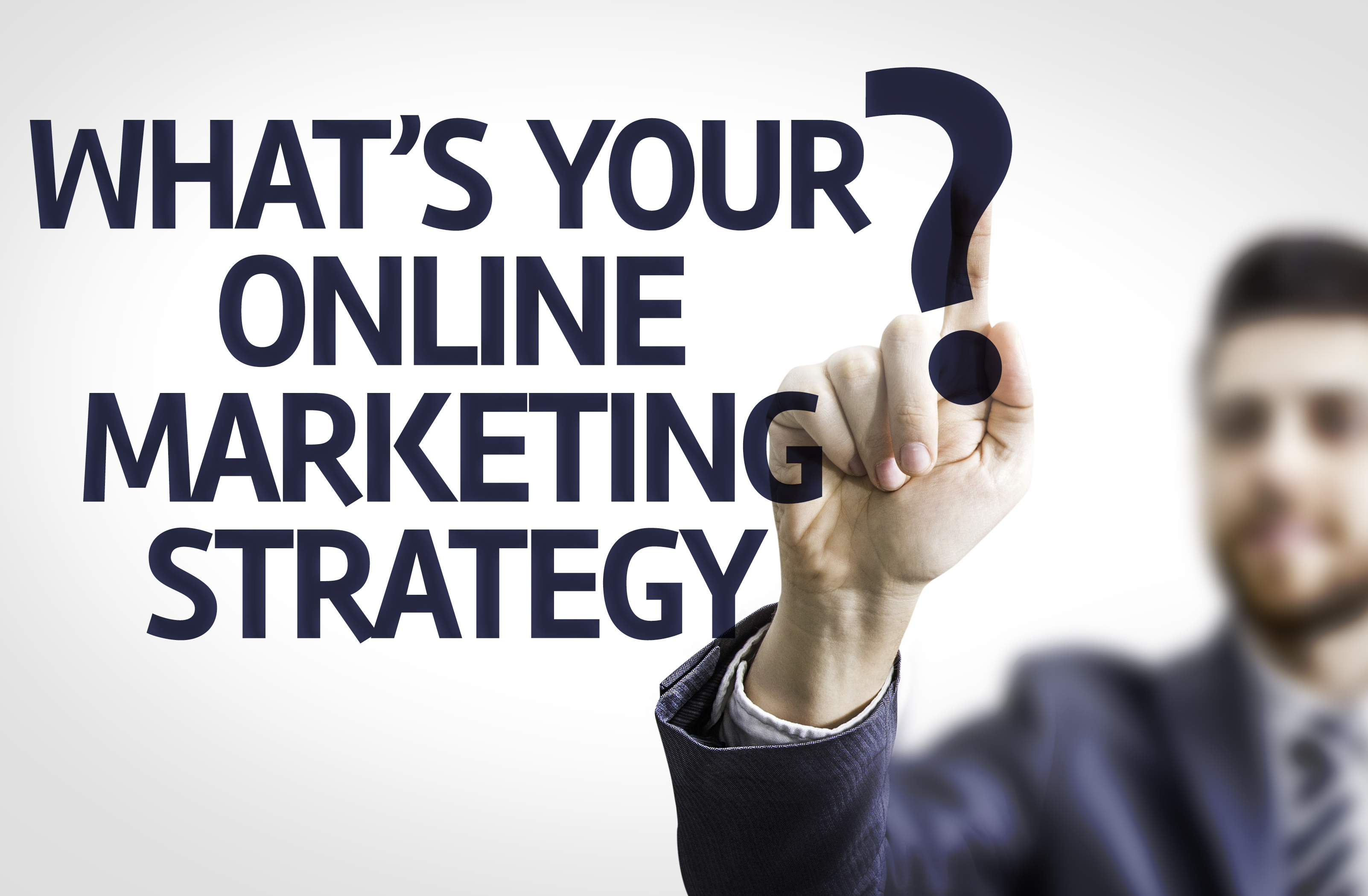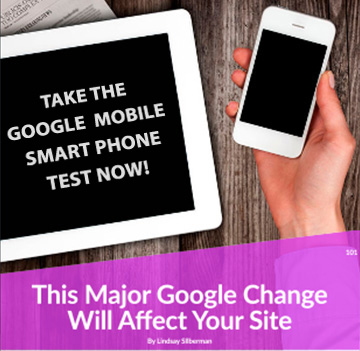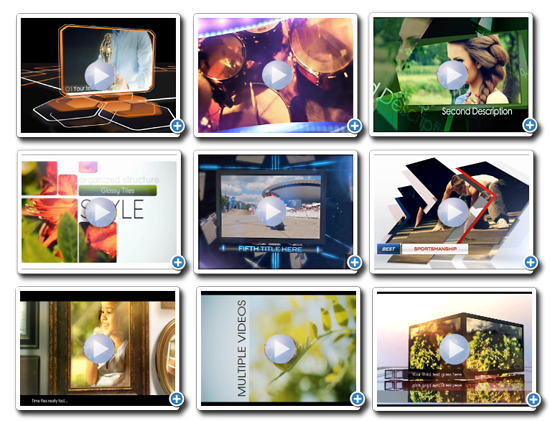
For years, Facebook and Twitter have been the standard go-to’s for social media marketing. However, over the last few years there has been a palpable change in the digital landscape. The demographics of social media sites are starting to shift as new platforms begin to emerge. And as Facebook and Twitter invest more heavily in paid advertising, businesses are having a more difficult time getting organic exposure on these sites. All of this is leading many businesses to wonder if they should start casting their digital marketing nets a little wider. (Spoiler alert: most of them should.)
In a particularly telling sign of the times, in September 2015 Instagram surpassed Twitter in number of users, making it the second most used social media platform behind Facebook. Those kinds of numbers are hard to ignore and this stunning growth is part of the reason that people are starting to eye Instagram as the next great place to market their business. So how do you know if it’s right for you?
Instagram Marketing: Why It’s Awesome
While we’re firm believers that there’s no one-size-fits all answer when it comes to social media marketing, there are a few general rules of thumb that you can use to decide if Instagram is a good fit for your business. But first, let’s take look at a quick rundown of what makes Instagram marketing so great.
1. The Future is Mobile — and so is Instagram.
For years now the growing importance of mobile has been at the top of the list for every forecast of marketing trends — and we’ve finally reached the tipping point. As of 2015, not only is the time spent on mobile media (51%) significantly higher than that of desktop (42%), but there are now nearly twice as many mobile-only users (19.1%) as there are desktop only users (10.8%). Mobile is no longer just a growing a trend. It has become the primary way that Internet users are accessing online content.
This gives Instagram marketing a huge advantage over its top three competitors, Facebook, Twitter and Pinterest. Unlike the other major social media platforms, Instagram was originally conceived as an app. Although the other social media heavyweights have invested heavily in their mobile apps, it’s difficult (if not impossible) for a platform that was originally created for desktop to have an app that functions as seamlessly and intuitively as a platform that is native to mobile. Just a quick side-by-side comparison of any of the major social media apps compared to the Instagram app makes this point abundantly clear. While other apps struggle with endless updates to more elegantly integrate multiple pages and menus, Instagram’s simple, stripped-down interface makes it easy and intuitive for mobile users.
Now that mobile is the primary digital media being used by consumers, it’s likely that emerging social media platforms will be mobile natives as well. While Instagram is perfectly positioned to take on that new competition, the platforms that were originally conceived for desktops are going to feel increasing pressure. In short, if you’re looking to invest in a social media strategy that will continue to have an impact over the long-term, Instagram should be a part of that strategy.

2. Your posts are more likely to be seen.
The great thing about Instagram marketing is that as you gain followers you know that they are actually following you. While Facebook and Twitter give users the ability to prevent posts from certain accounts from showing up their feeds, Instagram has no such functionality. If a user doesn’t want to see your content anymore, they have to unfollow you. This means that you can be sure that your content will appear in 100% of your followers feeds, greatly increasing the chances that they will actually see it.
Ensuring that your posts are being seen has become particularly difficult on Facebook. Not only does Facebook allow users to have a high degree of control over the content that appears in their NewsFeed, but the Facebook algorithm automatically curates each profile’s NewsFeed based on their connections and interactions. This means that if your followers don’t immediately and consistently engage with your content, chances are they will stop seeing it.
To make things more difficult for marketers and business owners, as Facebook increasingly invests in its advertising services, business pages are finding it more and more difficult to reach their followers organically (i.e. for free). While Instagram has introduced ads on the platform, thus far there has been no indication that they intend to treat the content posted by business profiles any differently than they have in the past, making Instagram marketing still your best bet for getting your content in front of your audience.
3. Instagram leads the pack for engagement.
It’s not enough to just be sharing your content — it needs to make an impact. Shares, likes, RTs, and +1’s are all indicators of how engaged your audience is with your content. The more you have your follower’s attention, the more opportunities there are to get your message out, build brand awareness, and engage in some killer PR. If leveraged correctly, these social signals can even pack a serious SEO punch. That’s why engagement is the Holy Grail of social media marketing.
Instagram’s clean, streamlined interface, judicious incorporation of ads, and focus on visual content creates an intimate atmosphere that is optimal for social sharing. So it’s no wonder why, when it comes to engagement, Instagram is the industry leader. While the exact numbers can be hard to quantify, estimates suggest that Instagram users are 58 times more likely to like, comment, or share a brand’s post than Facebook users and 120 times more likely than Twitter users. Those numbers are huge and they can make an equally huge difference for your business.

4. Businesses can brand themselves through visual storytelling.
Have you ever heard of an elevator pitch? The general idea is this: you’re the CEO of a startup or a salesperson trying to drum up new business and all of sudden you find yourself in an elevator with exactly the investor or the contact that you’d like to do business with. Basically, you have 30 to 90 seconds to tell this person what your company does and why they should want to work with you and you have to do it in a way that is interesting and compelling enough that the elevator ride ends with you getting a meeting and not an uncomfortable brush off. It’s as tricky as it sounds.
It’s also a great analogy for building your audience online, only instead of an investor you’re pitching Internet users and instead of 90 seconds you have 2 — maybe. This is where the visual storytelling aspects of Instagram marketing become a huge advantage. They say a picture is worth 1000 words and they’re right. You could probably sum up why the company you work for is so cool in 1000 words, but no one would stick around to read it. Or you could post a picture of your latest rooftop office party or your “workation” in Mexico and tell the same story in an instant.
How to Know If Your Business Should Be On Instagram
So you get that Instagram is awesome, but you’re still not sold on the idea that it’s right for your business. The truth is that despite the many advantages of Instagram marketing, it still doesn’t necessarily make sense for every business. Here’s a few rules of thumb that can help you know if it’s time for your business to take the plunge:
Your target audience is young. Approximately 90% of Instagram’s 400 million users are under the age of 35. Compare this to Twitter (where 55% of users are over 35) and Facebook (where 65% of users are over 35). The truth is that it doesn’t matter how great your product and your message are if you aren’t using the right channels to reach your audience. Trying to connect with young people on Facebook is like trying to text someone with a fax machine — it’s just not going to work.
Your product is visually compelling. Instagram marketing is all about visuals. Maybe you’re a travel agency that books luxury vacations or maybe you’re a company that builds sweet custom bikes. Whoever you are, if you are selling something that people are going to want to see, you need to be on Instagram.
Your competitors are on Instagram. If you haven’t yet, you should definitely check to see if your competitors are doing Instagram marketing. Even if you still think at this point that Instagram isn’t right for your business, if your competitors are already there and developing a following, chances are that they know something you don’t. Poke around in their profiles and try to figure out what it is, then get to work building a better version in your own profile.
If you think you can tell a visual story about your business — or you are trying to target a younger audience — Instagram needs to be part of your social media marketing strategy.
Are you ready to take the plunge with Instagram market, but looking to outsource social media? We’ve got a couple of pricing guides you might be interested in, both for professional social media marketing tools and small business social media marketing.
Images and videos are essential to success on social media in 2016, but its hard to keep up with the different specifications for content across each social network. Kelsey Media Productions thought it be would valuable to Bookmark this infographic now saving it for future reference.











